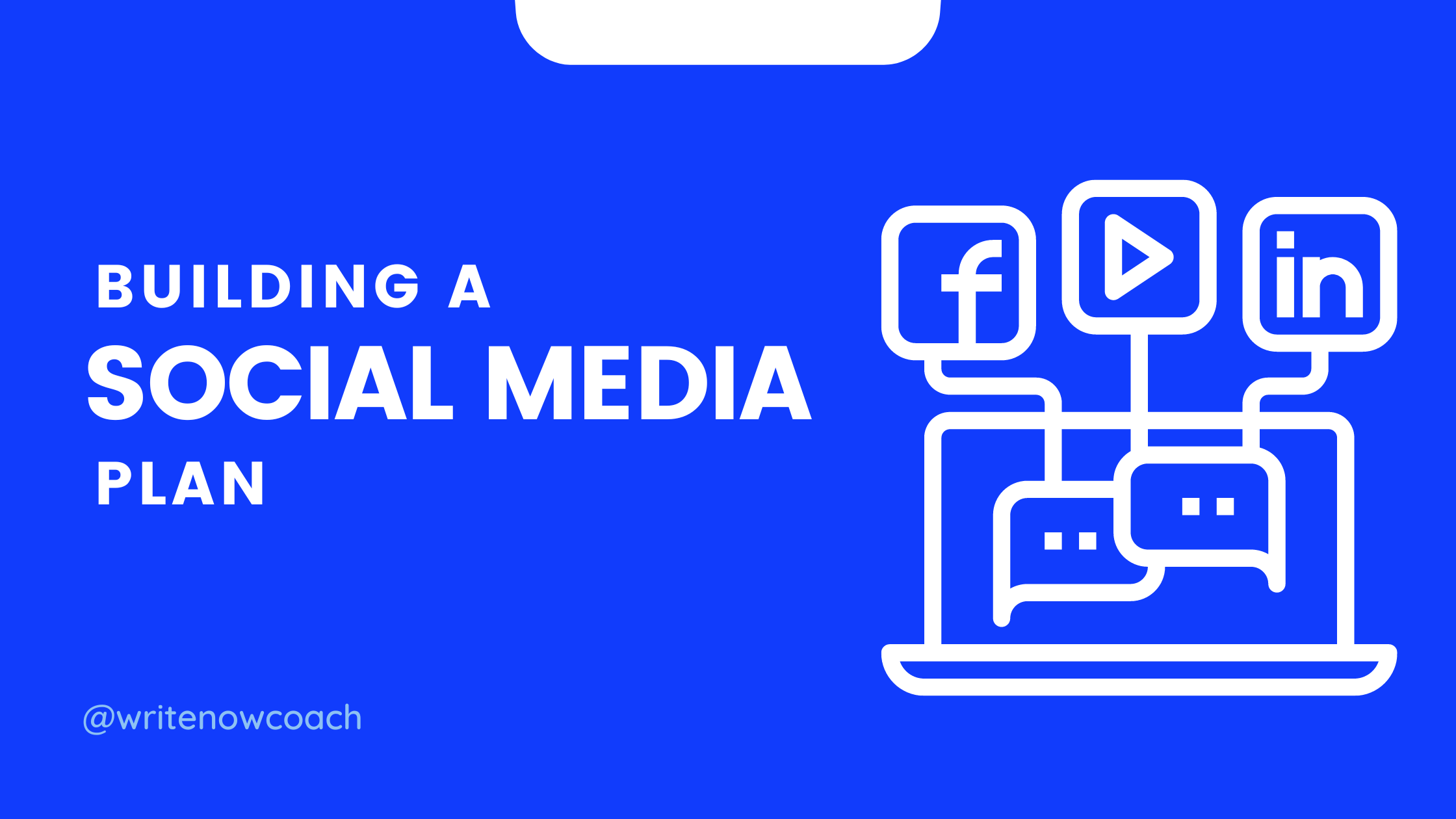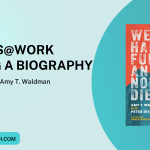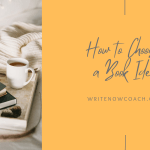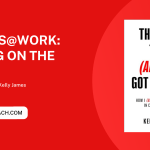Building a Social Media Plan
May 10, 2022
Note From Rochelle
Dear Writers,
I need your help! I’m expanding my coaching practice to include ADHD coaching. To help people get to know what I do, I recorded an interview with the amazing ADHD coach Tina Hart. Check out our conversation and share it with your circle: ADHD COACH Rochelle Melander.
For today’s tip, I talk about how to build a social media plan. This is one of my longer tips—designed as a resource for you to come back to and work through! Bookmark it! And share widely!
Happy writing,
Rochelle, the Write Now! Coach
Building a Social Media Plan
by Rochelle Melander
When I hang out with my writing friends, the conversation often turns to our frustration with social media. We see it as a necessary evil, stealing our time and energy for moderate rewards. But we know that if we want to get an agent, sell books, and connect with readers—we need to be out there, broadcasting and engaging.
If you’re like me, you hop on social media when you’re bored, lonely and needing to connect, or frustrated and wanting to rant. Every so often, you panic and think: I haven’t talked about my new book—so you send out a few tweets about your upcoming release. But you don’t really have a plan…you just tweet and post.
There’s nothing wrong with using social media as a place to connect, get support and blow off steam. But having a plan will help you save time and increase your engagement.
This article is all about how to create and use a social media plan. It’s designed to be an interactive tool to help you develop content that you can use to build reader engagement.
Part One: Evaluating
Before you can create a social media plan, it’s helpful to think through what you want to do with your social media platform. For this section, you’ll need access to your main social media platforms and a place to jot down answers to the questions.
Who am I? List the roles you hold. These will include professional and personal roles: writer, author, parent, partner, or community leader. Also list your strengths and values such as communication, curiosity, or family.
What is my mission? Big institutions and businesses create mission statements to guide their work and messaging. Why shouldn’t writers do the same? Why do you write? How do you hope to serve your readers? Note—this can be as simple as, “I want to provide people with a joyful escape from reality.”
What do I want to accomplish through social media? We can use social media in a multitude of different ways. Of course you want to promote your books and connect with your readers. But social media is also helpful for:
- Building relationships with colleagues
- Connecting with influencers
- Sharing industry news, offering information and inspiration, and more.
- Researching
Who do I want to connect with online? List your ideal connections and add a sentence to describe them: readers, industry leaders, colleagues, influencers, professional associations, and more. After you’ve written the obvious choices, brainstorm potential connection categories. Include other people and groups who:
- might be interested in your and your work
- you can learn from
- your readers might want to know about.
Evaluate Take a look at your current social media profiles and consider:
- Am I reaching the people I want to or need to reach?
- What do I post that gets the most engagement?
- Is my social media time producing the results I want?
- Why or why not?
- What do I need to do differently? (e.g., Do I need to spend more time online? Do I need to post more regularly? Do I need to interact with people differently?)
- How can I accomplish this?

Part Two: Building Content
Once you know who you are and what you want to communicate, it can be helpful to create content ahead of time. I’ve created a slew of posts in a Word document that I use as a resource whenever I’m online. The document includes links to evergreen articles I’ve written for my blog and other sites.
Designate content categories. If you’ve done the work above, you’ll have a good sense of your mission, your ideal readers, and what you might want to share to reach them. Take a moment to dream up content categories to post about. If you’re not sure what to post, take a look online at people like you—and see what they share. Pay attention to special events for your genre. For example, I notice a number of romance writers and readers post “Waistcoat Wednesdays.” Those are fun ways to share content and connect with your community!
You’ll definitely have categories connected to your books, but you’ll also need to think of categories that serve your followers in some distinct way. Your list might include topics like:
- New release
- Backlist
- Niche
- Colleague’s books
- My setting
- My life—pets, kids, hobbies, etc.
- Tips for …
- Events like #
Create content. As I mentioned above, I now keep a document with pre-written Tweets and evergreen links. I recommend scheduling time to gather and create content. During the time, you can:
- Research content to share.
- Create a list of links to articles and so forth.
- Gather photos or create posts on Canva.
- Write posts for each category.
Part Three: Building a Sharing Schedule
I recommend that people use a tool like Buffer to schedule the bulk of their social media posts ahead of time and then set aside time to be on social media and engage, repost, and more. That doesn’t work for everyone. Some of you will only want to share and engage in real time, so that’s why having that document with prewritten content can save you time and energy when you do go online.
Choose a posting ratio. The biggest mistake I see—writers using their feeds solely to promote their work. They post multiple times a day about their latest publishing successes, their new release, or their work in progress. There’s nothing wrong with posting about your work—but it cannot be all you do. Your followers will get bored!
So what’s the ideal ratio? There are many theories out there. I like the 4-1-1 ratio:. Share
- Four pieces of content about ideas, from others, or to support readers
- One retweet of someone else’s content
- One piece of promotional content
Remember your mission. I grew up in the Midwest, where parents warn that if you share a bit of good news in public, you might get a big head.
As writers, we need to talk about our work. When you struggle to broadcast your news, embrace your mission. Why did you write this book? Who will it serve? When you share content out of that spirit of service, readers will be grateful for you.
Review regularly. Once a quarter, review your social media profiles and tweak your approach.
Have fun. As you go through this process and work on engaging online, pay attention to what delights you! I’ve discovered that I really enjoy celebrating other writers’ releases by offering congrats and retweeting. I’ve also found the joy in “overhearing” conversations on Twitter, often learning new things about topics that intrigue me.

Your turn
Share your social media tips in the comments. What’s worked for you?















